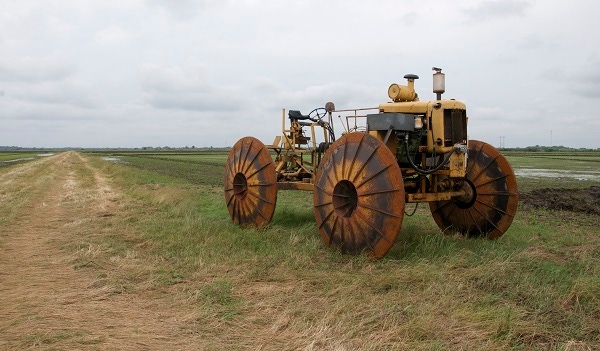May 13, 2014

Though late freezes were a factor in delayed planting this year, a wet spring was the biggest hindrance for the Texas rice crop, says a Texas A&M AgriLife Extension Service Extension agent.
Chambers County remains one of the major rice producing counties in Texas. This year, as last year, an unseasonably cool spring and late freezes delayed planting and slowed growth, according to Tyler Fitzgerald, AgriLife Extension agent in Chambers County, east of Houston on the Coastal Bend.
“Rice is estimated right now to be in the neighborhood of 85 to 95 percent planted in the Chambers County area,” Fitzgerald said. “I would estimate it’s about the same for rice in Jefferson County, as our counties have similar growing conditions.”
Though late freezes were a factor in delayed planting this year, a wet spring was the biggest hindrance, he said. Currently, the crop is about two to three weeks behind. This shouldn’t affect yields, but it may limit taking a post-harvest regrowth crop, called a ratoon crop.
“Though rain typically does not affect the growth of rice, it does affect guys being able to get in the fields and work,” Fitzgerald said. “When it gets really dry, as it has been, rain helps dissolve clods and make it easier to plant. And we have hay producers who are certainly welcoming it as well.”
Much of the state received much-needed rain May 12 -13 —torrential in some cases — greatly benefiting all crops, according to the National Weather Service and Texas A&M AgriLife Extension Service personnel. More on Texas weather.
You May Also Like




